Does beauty have a role to play in learning to code? Can code aspire to beauty and elegance? In this article, we argue that it does and it should. Read on…
Good, J., Keenan, S. & Mishra, P. (2016). Education:=Coding+Aesthetics; Aesthetic Understanding, Computer Science Education, and Computational Thinking. Journal of Computers in Mathematics and Science Teaching, 35(4), 313-318. Chesapeake, VA: Association for the Advancement of Computing in Education (AACE).

This may be my favorite quote about the transactional nature of the aesthetic experience. (Image © punyamishra)
The popular press is rife with examples of how students in the United States and around the globe are learning to program, make, and tinker. The Hour of Code, maker-education, and similar efforts are advocating that more students be exposed to principles found within computer science. We propose an expansion beyond simply teaching computational thinking skills, by including an aesthetic framework that highlights the beauty and elegance inherent within the craft of coding. This approach not only introduces students to authentic experiences of computational work, but can result in higher levels of retention and achievement. Delivering science content through an aesthetic lens has been successful in other areas of science education. Such an approach in programming extends the possibility of reaching students that previously may not have been interested in the field.
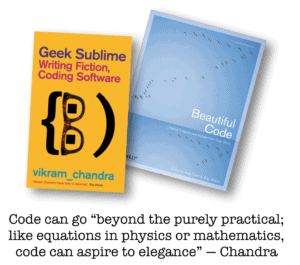
Code can go “beyond the purely practical; like equations in physics or mathematics, code can aspire to elegance” — Vikram Chandra (Image © punyamishra)

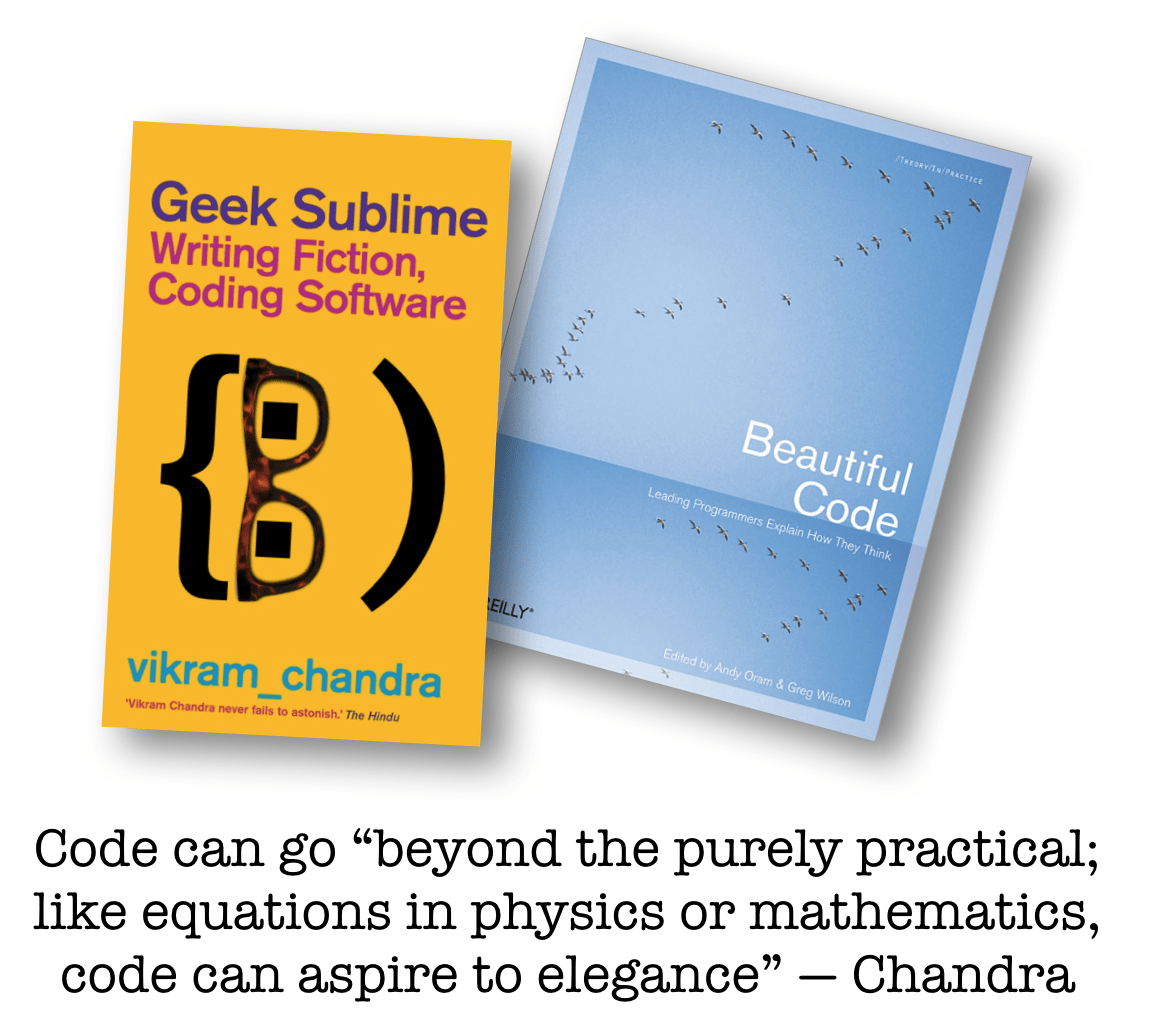
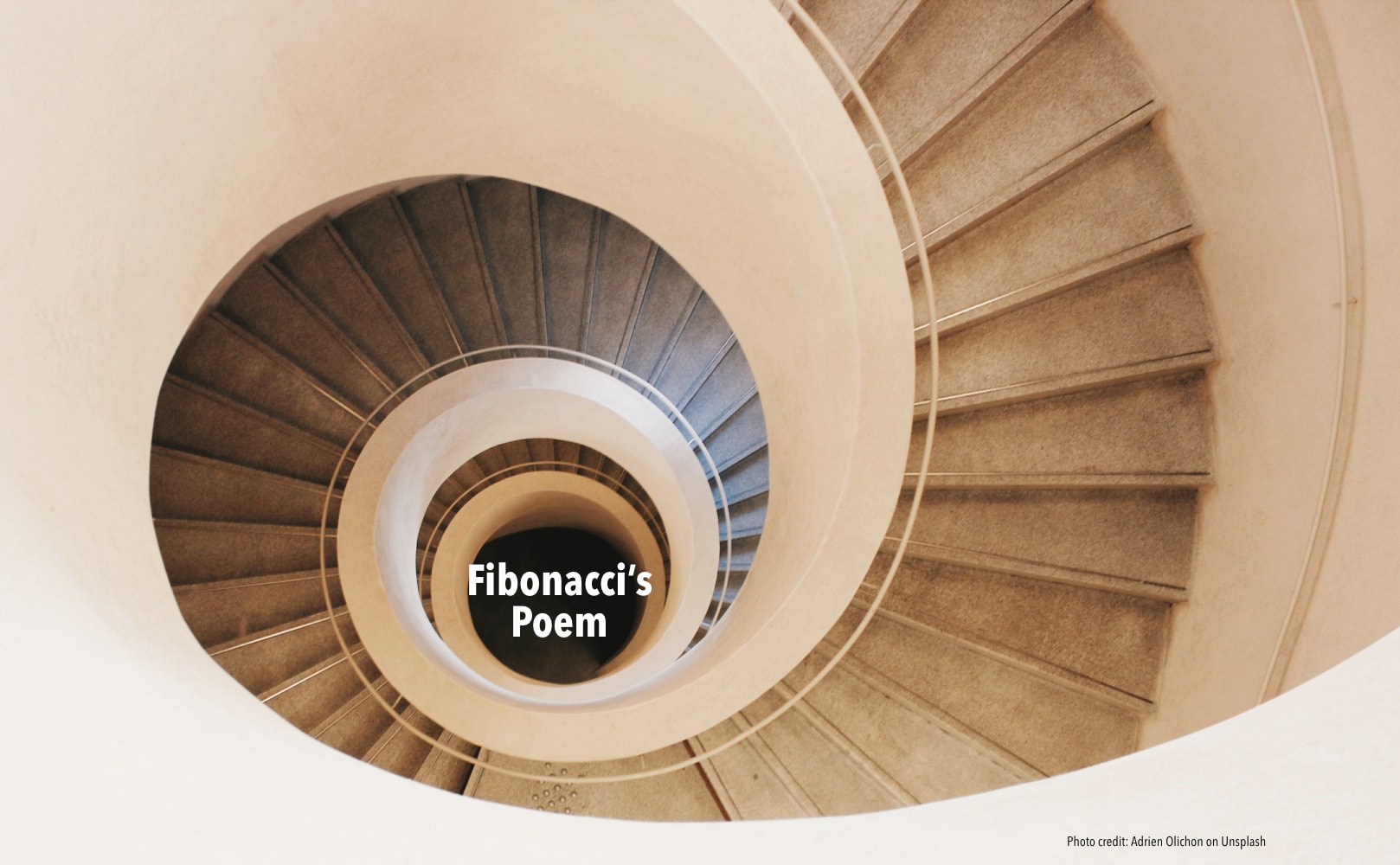
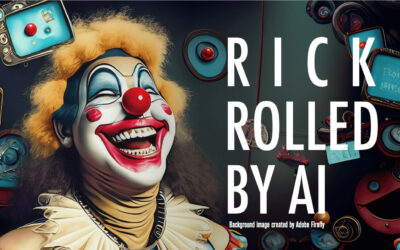
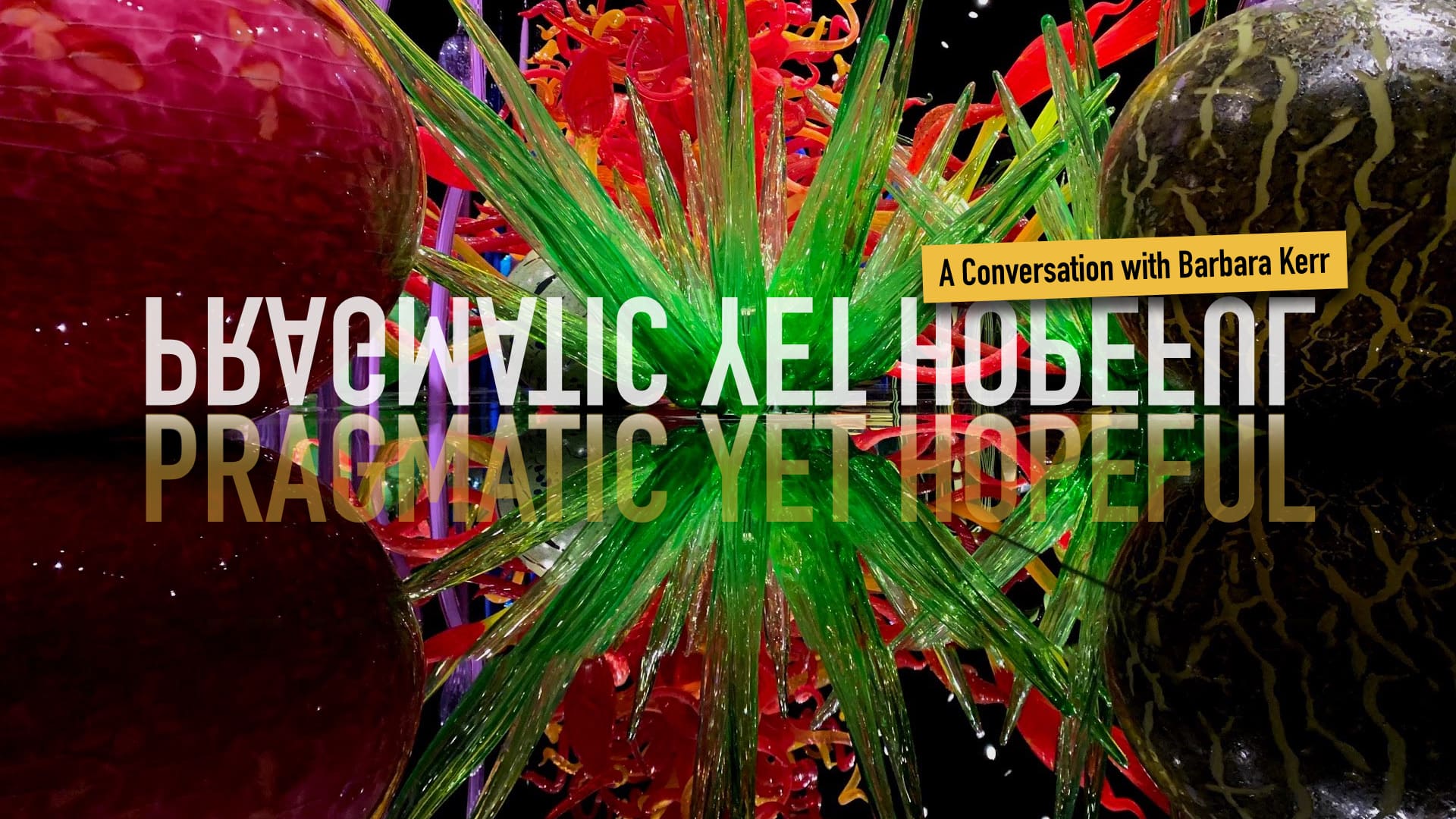
0 Comments
Trackbacks/Pingbacks